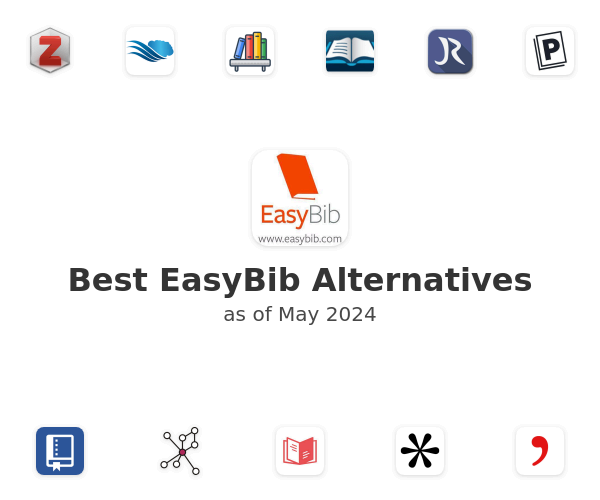
We evaluate our policies via simulation over varied synthetic and real workloads, and demonstrate significant performance gains compared with conventional scheduling approaches. Our scheduling policies revolve around the notion that, all else being equal, it is good to schedule nonsharable scans ahead of ones that can share IO work with future jobs, if the arrival rate of sharable future jobs is expected to be high. We derive a new family of scheduling policies specifically targeted to sharable workloads. Map-Reduce systems, some of which handle tens of thousands of processing requests daily, over a shared set of files.Īs we demonstrate, conventional scheduling techniques such as shortest-job-first do not perform well in the presence of cross-job sharing opportunities. This scheduling problem arises in batch data processing environments such as. The objective is to maximize the overall rate of processing these files, by sharing scans of the same file as aggressively as possible, without imposing undue wait time on individual jobs.

We study how best to schedule scans of large data files, in the presence of many simultaneous requests to a common set of files. (3) The ability to continually change and acquire new understanding is a driving force for the application of DMT and this will allow many new future applications. (2) It is suggested that different social science methodologies, such as psychology, cognitive science and human behavior might implement DMT, as an alternative to the methodologies already on offer. With Docker, you can manage your infrastructure in the same ways you manage your applications.
#Docear flowchart software#
Docker enables you to separate your applications from your infrastructure so you can deliver software quickly. A discussion deals with the direction of any future developments in DMT methodologies and applications: (1) DMT is finding increasing applications in expertise orientation and the development of applications for DMT is a problem-oriented domain. Docker is an open platform for developing, shipping, and running applications. Keyword indices and article abstracts were used to identify 216 articles concerning DMT applications, from 159 academic journals (retrieved from five online databases), this paper surveys and classifies DMT, with respect to the following three areas: knowledge types, analysis types, and architecture types, together with their applications in different research and practical domains. In order to determine how data mining techniques (DMT) and their applications have developed, during the past decade, this paper reviews data mining techniques and their applications and development, through a survey of literature and the classification of articles, from 2000 to 2011.


 0 kommentar(er)
0 kommentar(er)
